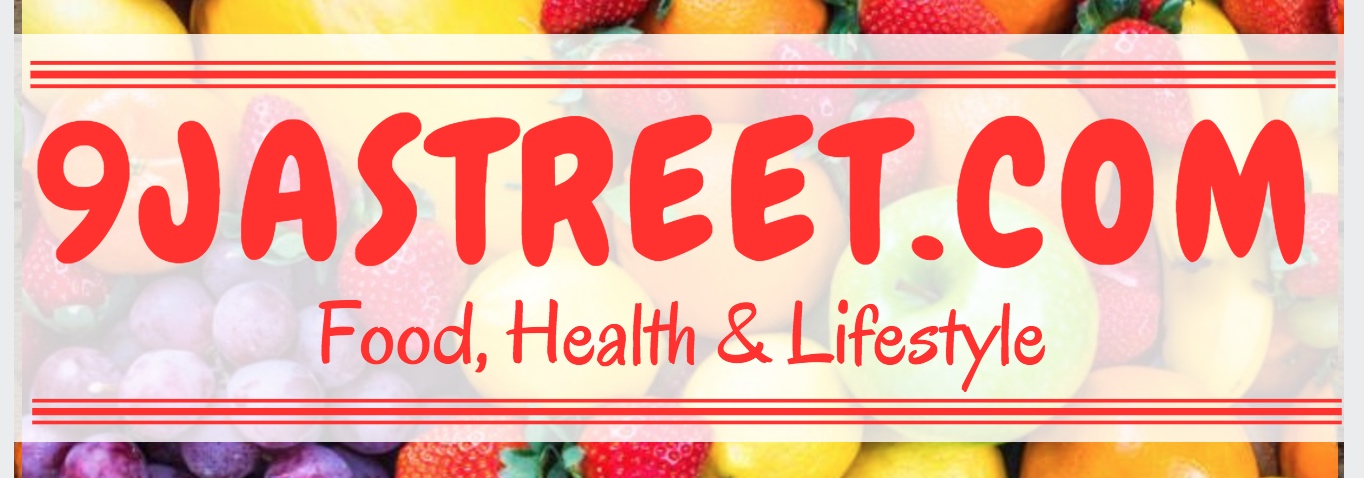Do i have the cooks in the house??? lol
I know that feeling, especially that moment when you’re not sure when you should be paying a premium for good ingredients. Well, the good thing is that you’re not alone!. i want to shares some tips on how we can determine the real deal from counterfeits when it comes to certain foods.
BALSAMIC VINEGAR
Look to the regions of Modena or Reggio Emilia and the seal that certifies its origin.
It’s aged like wine so the process is a serious undertaking sometimes 12-100 years and requires meticulous care.
As the syrup thickens and evaporates, it is moved to smaller barrels of different woods.
Balsamic vinegar comes from Modena in Italy and has been carefully aged to dark brown, syrupy perfection.
A good bottle of balsamic can cost just as much as a good bottle of wine.
If it’s cheap, it’s probably fake.
PARMESAN CHEESE
The beauty of this cheese is that you always know that you’re getting the real thing because the name “Parmigiano-Reggiano” is burned into its rind in an unmistakable dotted pattern. That means going to the deli or speciality shop to buy it whole or from the whole wheel and then grating it yourself.
Parmigiano-Reggiano is a legally protected designation of origin that’s used in Europe only for Italian cheese.
Also take note of the price parmesan is expensive because it takes a lot of time and a lot of milk to make. If it’s super cheap, it’s a red flag.
FISH
Another warning is if a store is offering out-of-season fish, like wild salmon from Alaska, as “fresh” in winter months.
Identifying fish by the fillet alone is nearly impossible.
Do some research before you buy and watch for weird labels you know not to be true (i.e. “farmed Chilean seabass” because it’s only caught in the wild or “wild Atlantic salmon” because it’s an endangered species and not commercially available).
A price too good to be true for a highly desired fish like red snapper or grouper is a red flag.
OLIVE OIL
Make sure there’s a seal of approval from the local or regional authority where it was bottled.
Look for a harvest date on the label.
Check to see if the origin city is mentioned in addition to the country. You can easily check to see if that area is known for its olive oil production.

